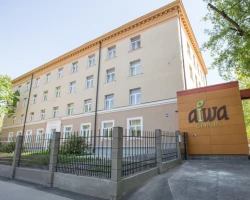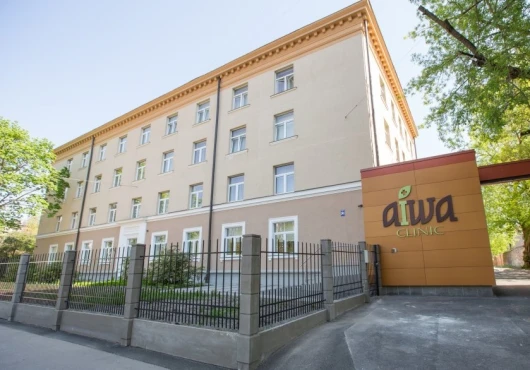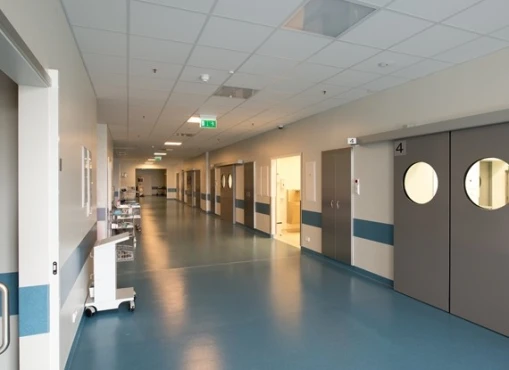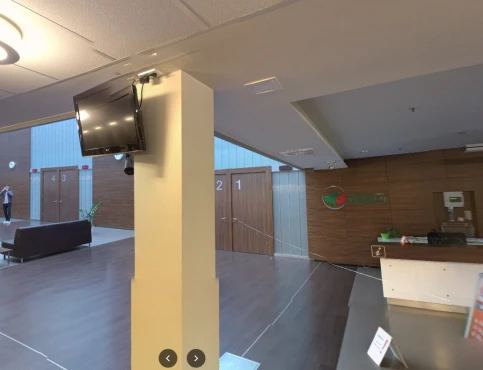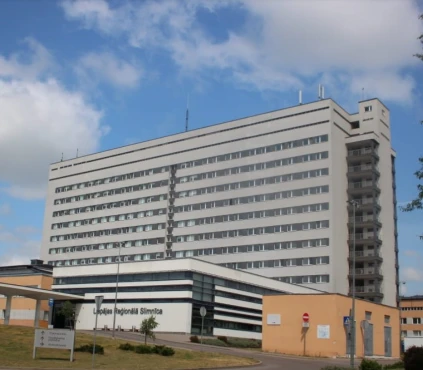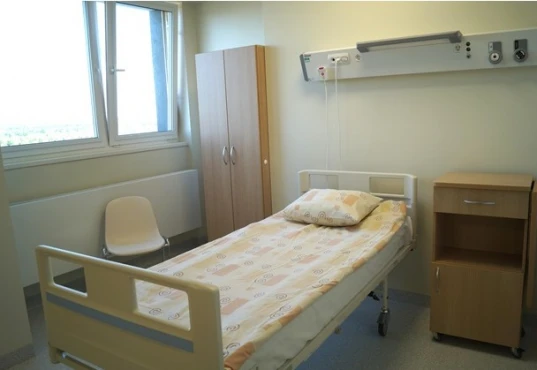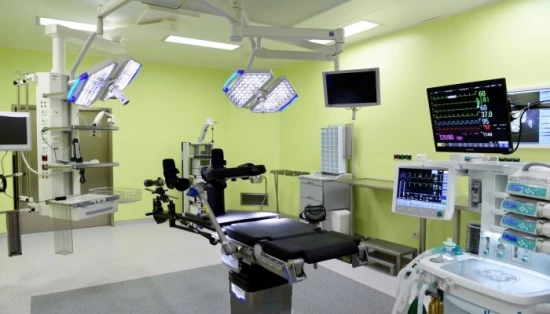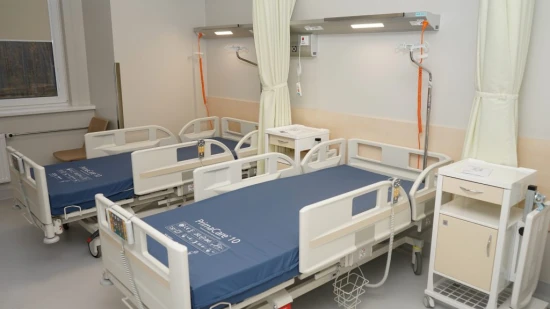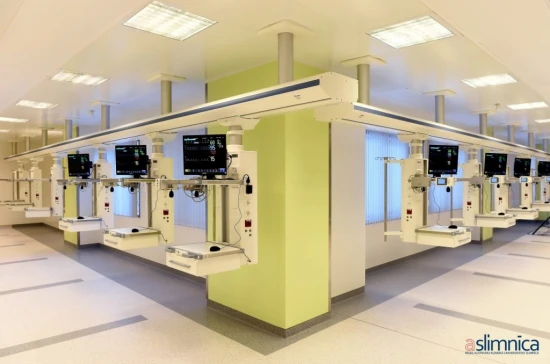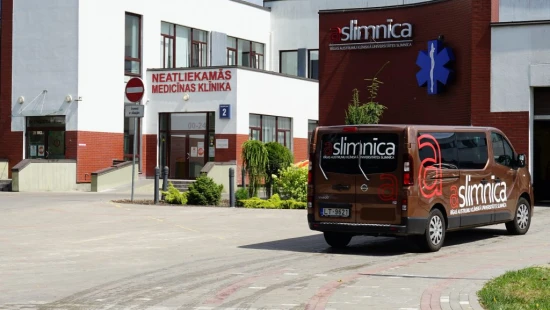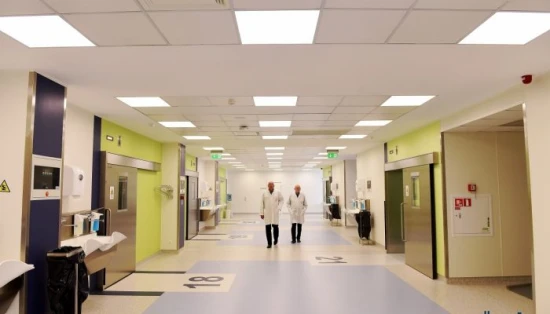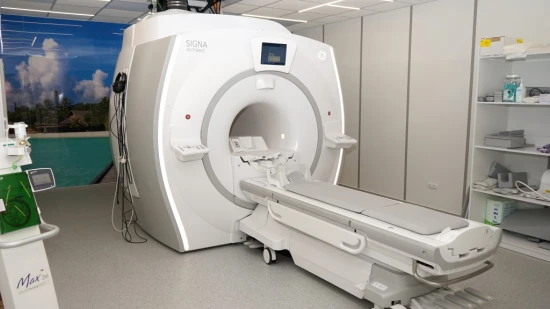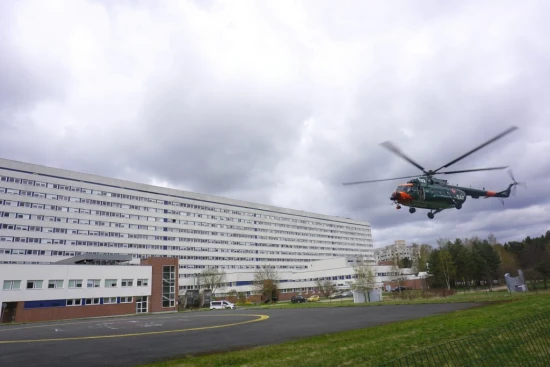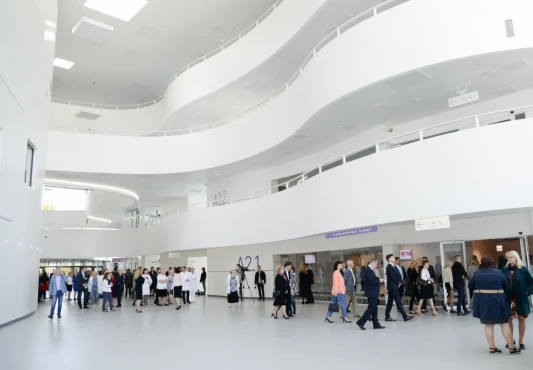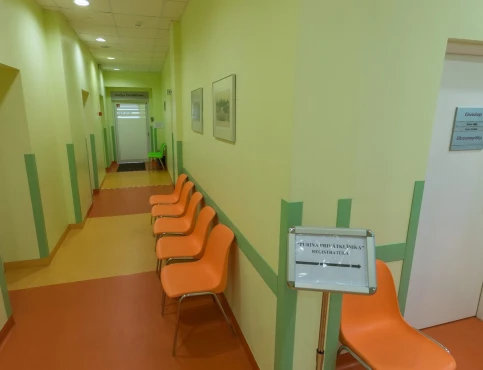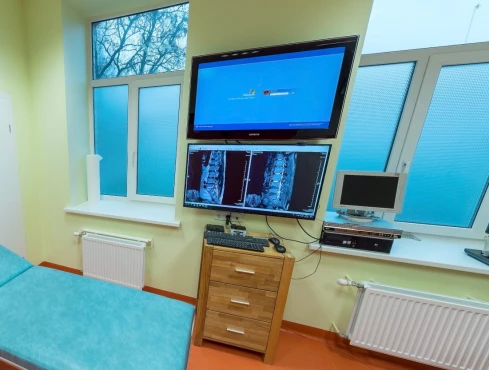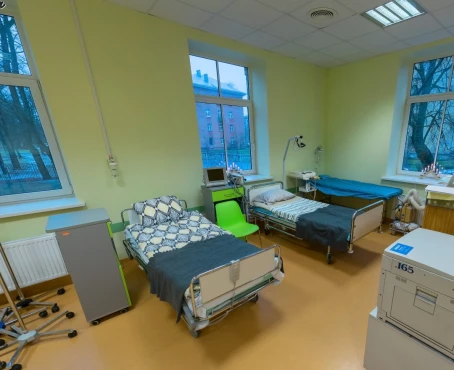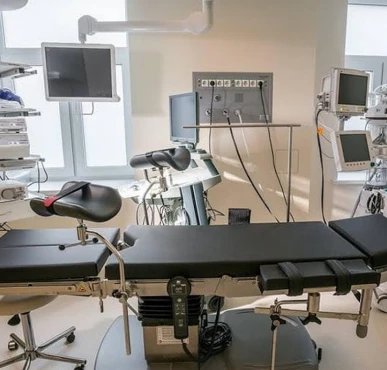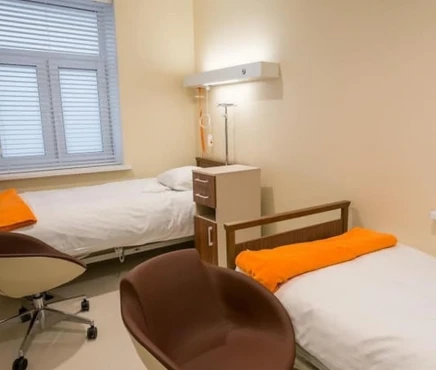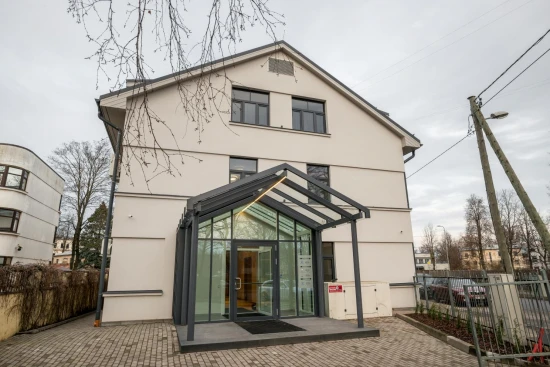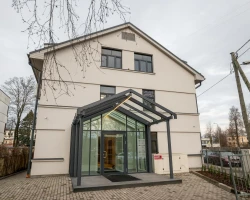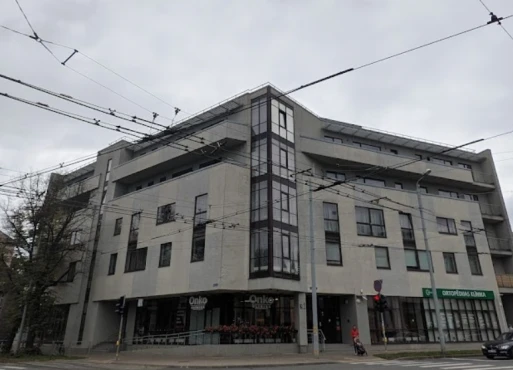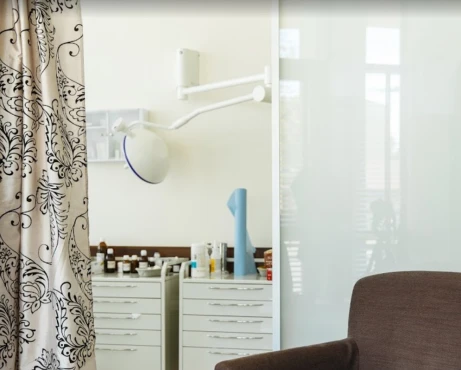from esmeralda rudzite
December 05, 2023
The food is excellent.
The staff of the clinic is excellent, they do their work excellently and the care is excellent.
I rate the work of the clinic highly.
I recommend people who have back problems to seek help and care at the Puriņa private clinic.
Malachi.
from Nata Kuznecova
April 13, 2023
I have a sad experience. They lure you with experience and the first reception is always positive. Then everything happens quickly and the client is not allowed to come to his senses that he has already agreed to the operation. After the operation, when you signed, they are not interested in you. I was mutilated there, and for a lot of money. Unfortunately, health cannot be restored. Never go to this office!!! There are swindlers in medical gowns.
from Ņina Ozoliņa
November 29, 2022
I have suffered from back pain periodically since 2005. For the last month, I suffered from terrible pain, which was transferred to my left leg, the pain was unbearable, no medicine helped, and blockades were performed, which did not give results. I decided not to suffer anymore and went to the clinic with Dr. Purina, who encouraged me to do the operation. Doctor Kārlis Puriņš was able to convince me and told me everything delicately, that there was no longer any doubt about the surgical intervention, that after the operation my excruciating pain was over and that I could finally live normally. The doctors are all very kind and responsive, the attitude of the nurses was simply excellent, I really felt at home, I was never left alone. After the operation, he could stand up and walk on the second day. Many thanks to Dr. For the staff of Puriņa private clinic, everything was really excellent. Special thanks to Dr. To Karl Purin! From my experience, I want to advise everyone not to suffer pain and go to Dr. Puriņa's private clinic! I wish everyone good health and a peaceful white Christmas!
